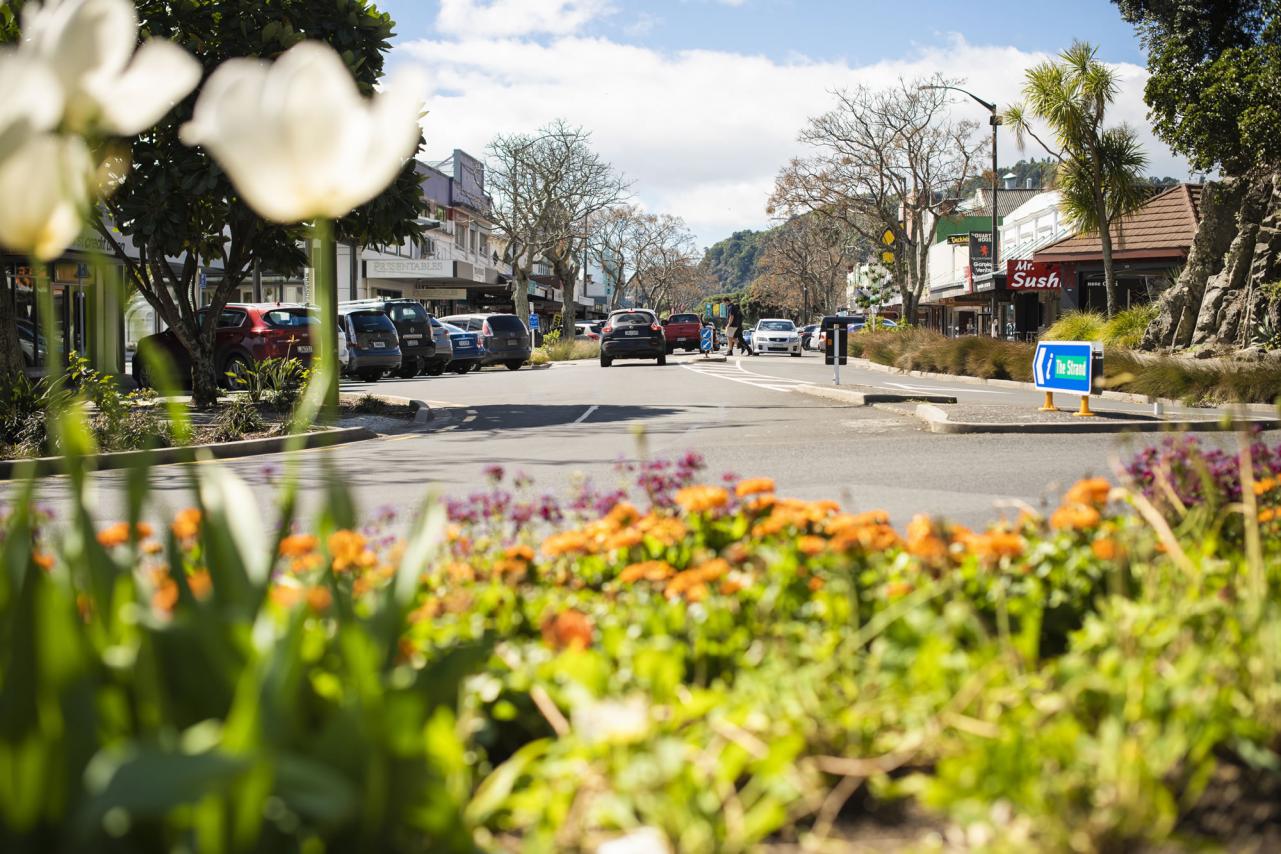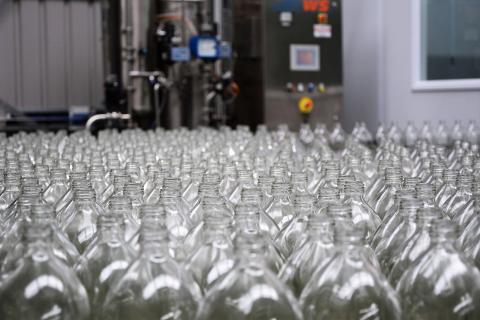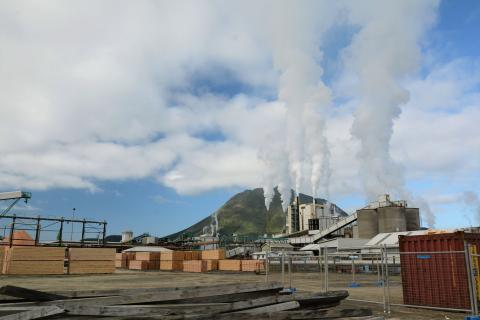A connected, resilient economy with room to grow.
Whakatāne District offers a compelling environment for business, underpinned by economic diversity, solid infrastructure, and a skilled, community-driven workforce. Whether you're investing, expanding, or launching a new venture, the region’s strong Māori presence, lifestyle appeal, and strategic access to domestic and international markets create a foundation for sustainable growth and innovation.
Economic Overview
With a growing and increasingly diverse economy, the Eastern Bay of Plenty offers rewarding opportunities across tourism, health, education, digital services and primary industries. Whakatāne District has experienced steady population growth (+4.1% since 2018), driven by returning whānau, lifestyle migration and a strong Māori population (50.7%) (Census, 2023).
The district’s economy is valued at approximately NZD 2.43 billion (year ending March 2024), with modest annual GDP growth of 0.2% (Infometrics). Labour productivity sits at around $140,500 per job, indicating innovation potential and added value within existing industries.
With approximately 4,311 businesses, Whakatāne maintains a stable and entrepreneurial environment. Its economy is notably diverse, with a Herfindahl-Hirschman Index (HHI) of 313, higher than the regional average, signalling a broad industry mix and reduced reliance on any single sector (Infometrics). This diversity enhances local economic resilience and opens up wide-ranging opportunities for investment and innovation.
Strategic infrastructure - such as efficient road, rail and air connections, plus proximity to the Port of Tauranga - strengthens export capability and ensures Whakatāne is a well-connected, cost-effective base for doing business.
Workforce Profile
The Whakatāne District has a workforce of approximately 17,310 filled jobs (Infometrics, 2024), spread across sectors such as healthcare, education, tourism, retail, construction and the primary industries.
- Skills and Qualifications: Around 13.1% of residents aged 15+ hold a bachelor’s degree or higher (Census, 2023), complemented by strong vocational expertise in trades, forestry, horticulture and care sectors.
- Income: The median personal income is $35,600, below the national median of $41,500, reflecting the region’s rural makeup and affordable lifestyle (Census, 2023).
- Age and Diversity: The median age is 40.2, slightly above the national average, with a strong Māori demographic (50.7%) contributing to a culturally rich and youthful workforce pipeline(Census, 2023).
- Employment Trends: Employment grew by 1.2% in 2024, with unemployment at 6.8%, higher than the national average of 4.2% (Infometrics, 2024) - indicating both available talent and scope for job creation.
Infrastructure
Road network
Whakatāne enjoys excellent regional access, situated about 87 km from Tauranga via State Highway 2 and the Tauranga Eastern Link, with similar distances to Rotorua and well-connected routes to Taupō, Gisborne, Hamilton, and Auckland.
Air
Whakatāne Airport is just 12 km from the town centre, offering regular flights to Auckland, Hamilton, Napier, and Gisborne. It also provides reliable airfreight services, with convenient car rental and shuttle options, making travel and transport easy for business.
Freight by rail
Kawerau, located 12 km inland, is well connected by the East Coast Main Trunk rail line with daily freight services for logs, pulp, and industrial goods. This strong rail link supports local industries and offers direct access to the Port of Tauranga, New Zealand’s largest port, ensuring efficient shipping and export opportunities for businesses.
Port access
Just about 100 km from Whakatāne by road or rail, the Port of Tauranga provides deepwater berths, container handling, and on-site cold storage, making it a vital export gateway for local forestry, agribusiness, and manufacturing businesses. Its efficient logistics services help Whakatāne companies move products quickly and reliably to global markets.





